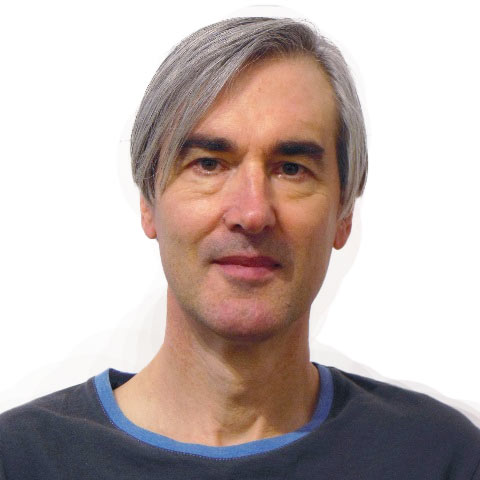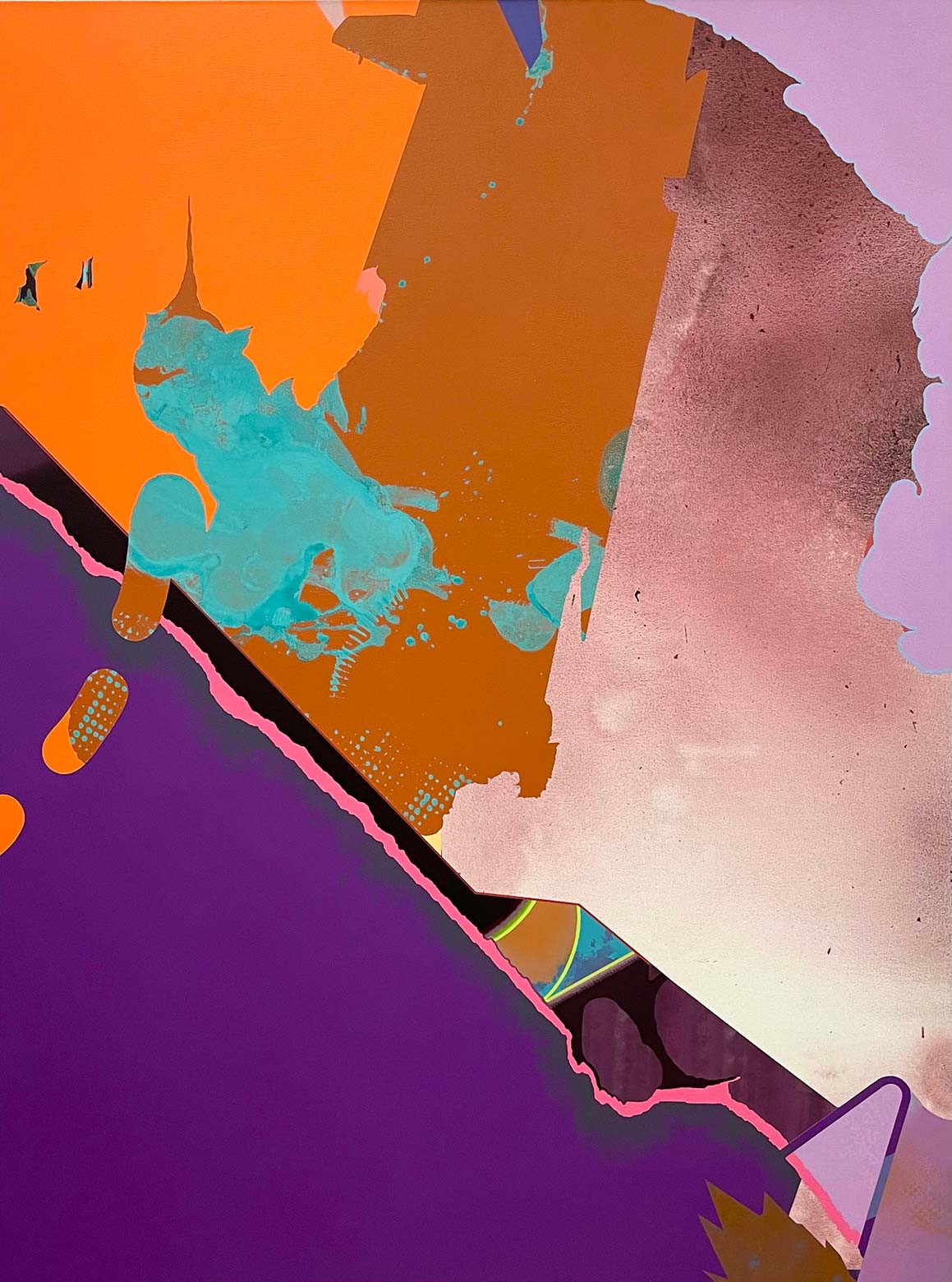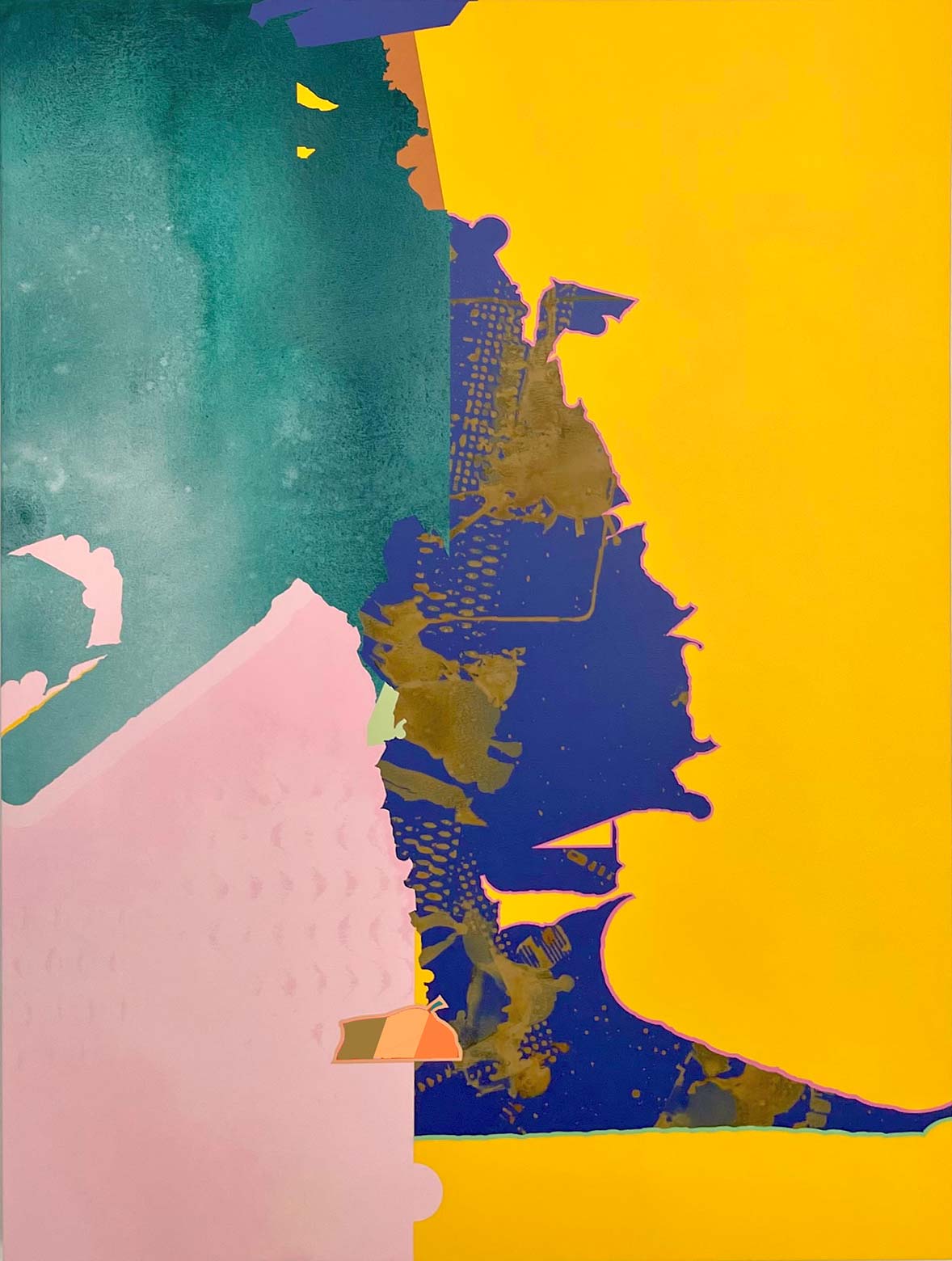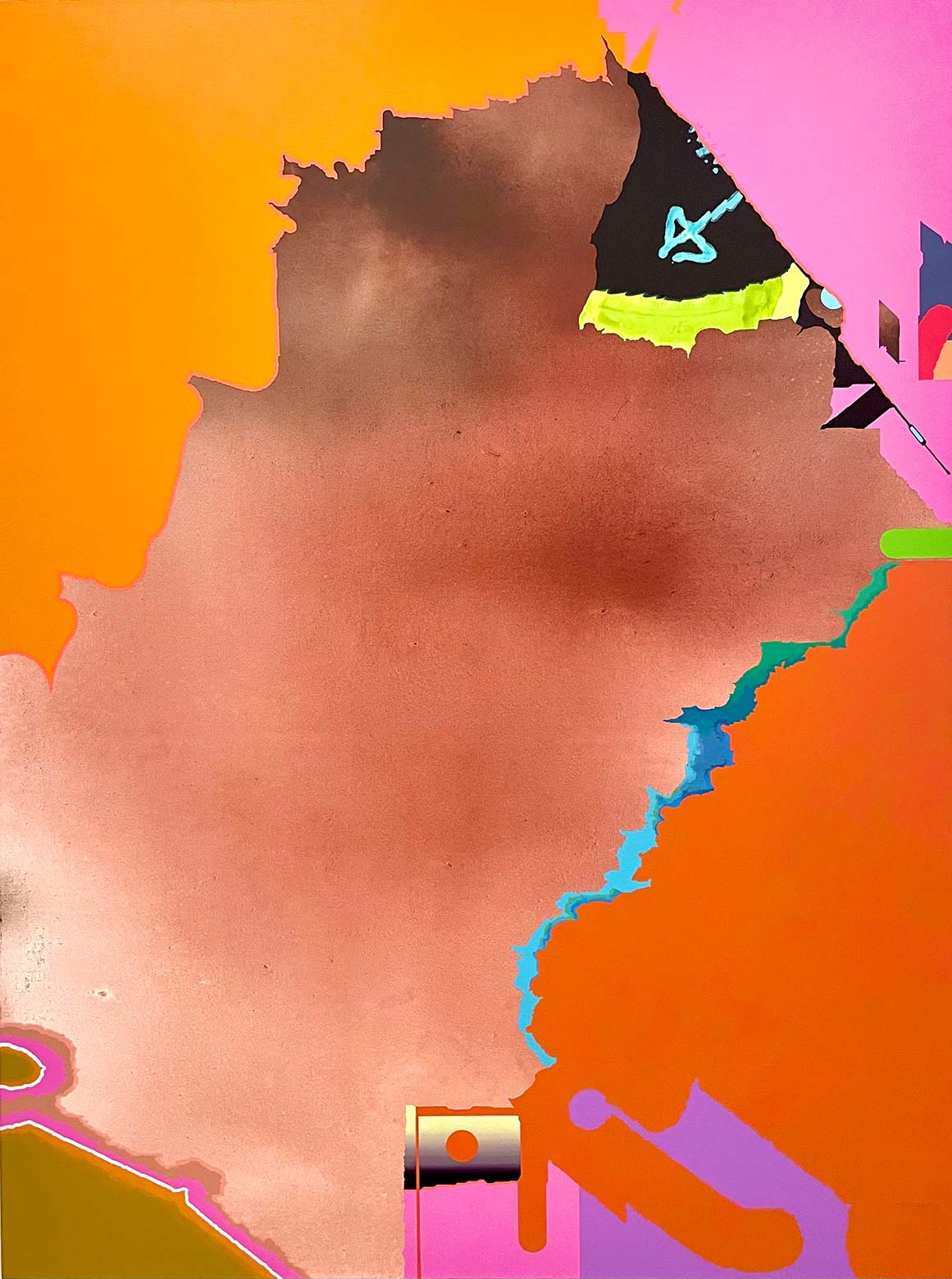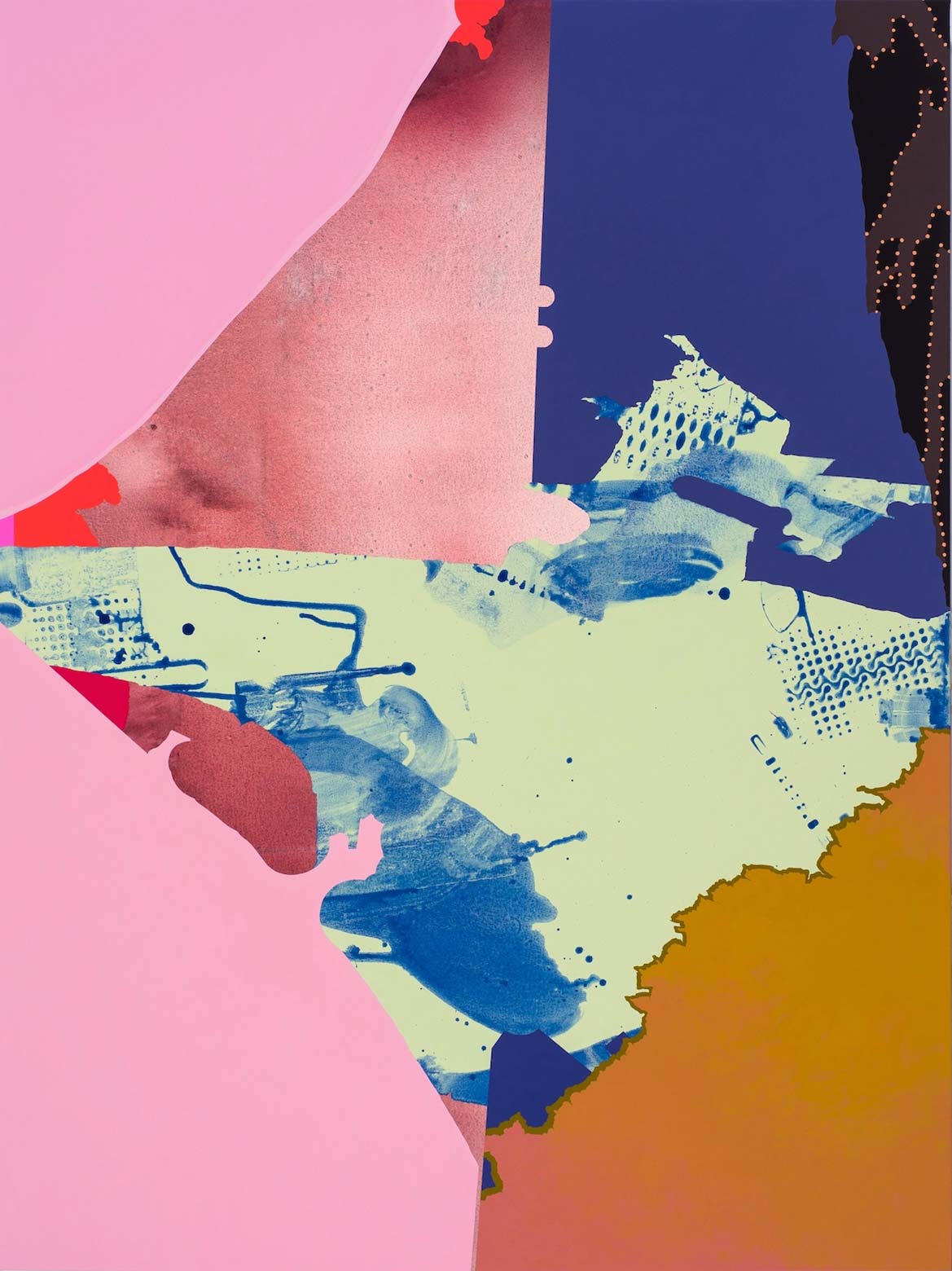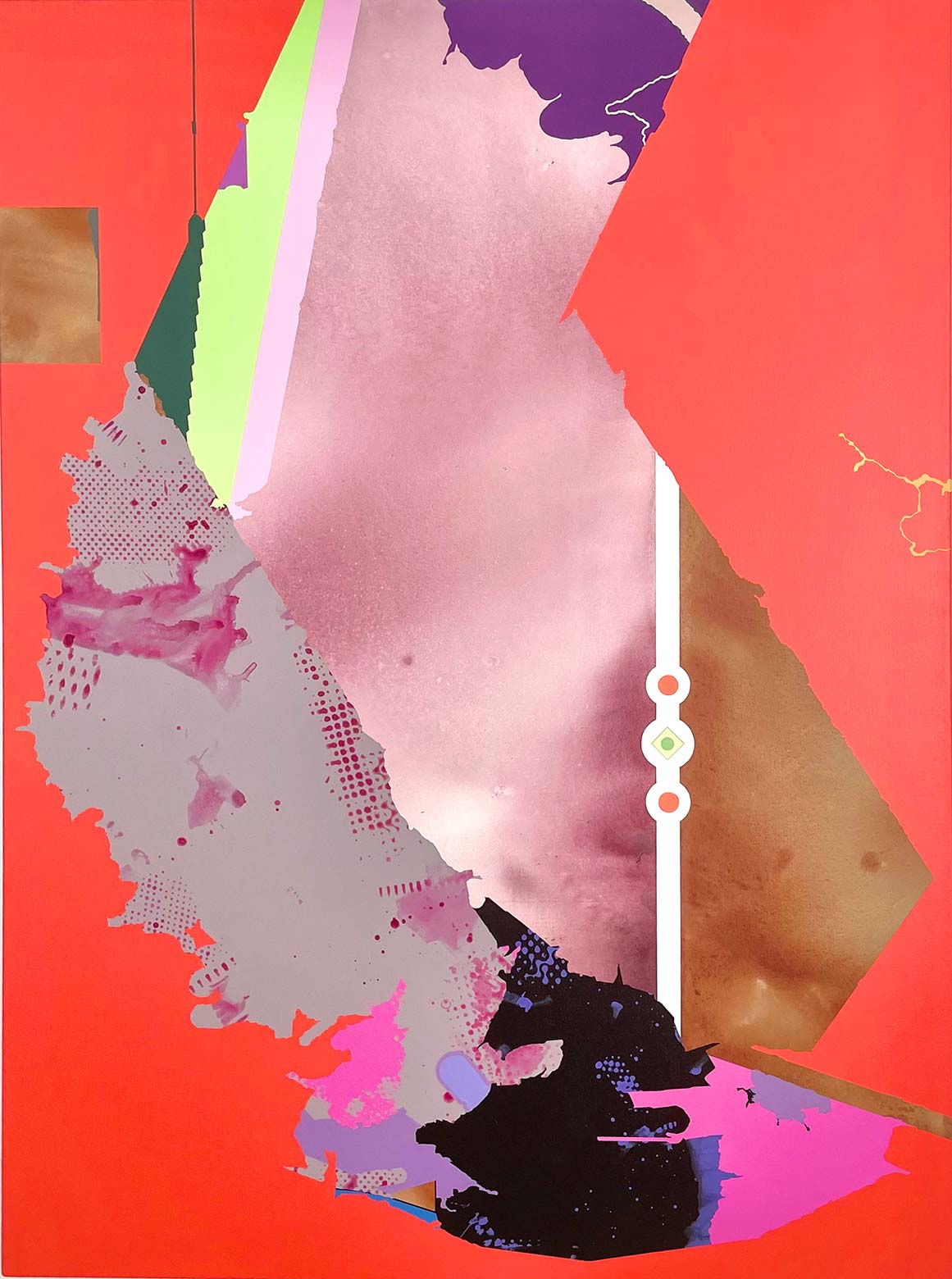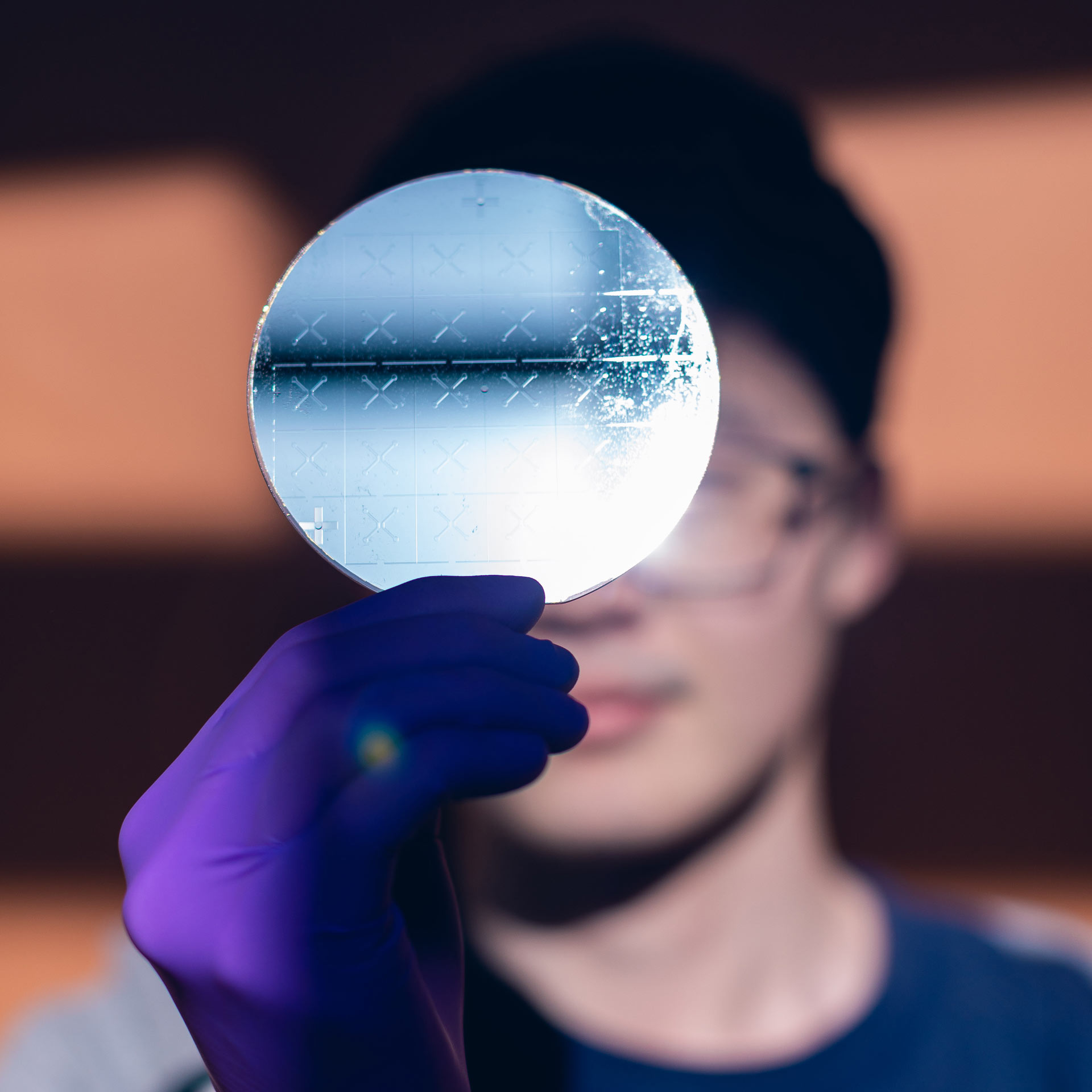Among the many sizzling headlines recently, you might have missed some rather sensational mathematical news. The New York Times reported that “a self-described shape hobbyist” had finally solved an open problem in the mathematics of tiling. The hobbyist had discovered a long-sought-after shape to make infinite and nonrepeating patterns on a two-dimensional plane. But why did the solution — which was first summoned by mathematicians in 1961 — take so long to surface? And why did it only first occur to a retired printing technician in a small East Yorkshire seaport village? It turns out, how we come to have great insight is a question of its own.
Eureka!
Since the beginning of his career as a cognitive psychologist in the 1990s, Jonathan Schooler, acting director at UC Santa Barbara’s SAGE Center for the Study of the Mind, has been outputting data sets for some of the brain’s most ineffable qualities: creativity and curiosity, mindwandering and mindfulness, meta awareness and consciousness. If what Nietzsche says is true, “If you gaze long into an abyss, the abyss also gazes into you,” Schooler is getting the stink eye. At his META Lab in UCSB’s Department of Psychological & Brain Sciences, Schooler is leading researchers in looking at the interior life of the mind. Among the lab’s focuses, it has examined a kind of daydreaming known as mindwandering, engaging in a purposeful activity while thinking about something unrelated. In one of Schooler’s studies, participants read four chapters of Tolstoy’s “War and Peace,” reporting they mindwandered about 15% of the time — but it wasn’t just happening because Tolstoy is tough. In a study using third-grade literature, adult participants reported similarly high incidents of mindwandering. Even in a study in which the story turns to gibberish as you scroll, Schooler says, “participants continue to advance the text for quite a while before they notice that what they’re reading makes absolutely no sense whatsoever; and if we probe them while they’re doing it, they say, ‘Yeah, I was mindwandering.’” Indeed, mindwandering can lead to a slew of self-defeating outcomes, such as not really reading what you’re reading; and yet, in a paper co-authored with Shelly Gable and Elizabeth Hopper, also at UC Santa Barbara, Schooler was able to give traction to an important positive outcome: the occasional visit from the muses. For a study looking at the experience of sudden insight, nearly 200 professional writers and physicists recorded their most creative ideas each day, as well as what they were doing and thinking at the time. The results showed that they had some of their best ideas when they weren’t on task. Some 20% of the time, they were doing other stuff, like soaping up in the shower or walking the dog. To a surprising degree, the ideas found while mindwandering were also more likely to be associated with overcoming an impasse on a problem and to be experienced as “aha” moments. “Mindwandering is a source of distraction but it’s also a source of great creative leaps of imagination,” Schooler says. “I think that in many cases, ‘aha’ experiences involve the emergence of processes that have been going on at the unconscious level. It speaks to a notion of transliminality, unconscious ideas percolating up into consciousness as insight.”
Thinking outside the box
Madeleine Gross, who joined the META Lab as a graduate student before continuing on as a postdoctoral researcher, has been looking at experiences with art as a way to cultivate creative thinking. Gross started out studying how the brain assigns importance to things. “One sees the world as laden with meaning and begins to make sense of it,” she says. “It can give rise to a kind of magical thinking in which connections are made between loosely associated concepts.” There is evidence that, after exposure to art, people are loosening categorical boundaries and experiencing “category-overinclusive thinking” or “conceptual expansion,” as Schooler calls it.
To test this, study participants are asked to rank belongingness to different categories. For example, they might ask, “How much does a car belong to the category of ‘vehicle?’” Ten out of 10. But what about an atypical form of transportation, like a camel? Generally, people rate the camel a 3. To get the camel’s number up requires more conceptual expansiveness, and for some people, engaging with art can trigger it. The art doesn’t have to be abstract either. For many, it’s representational art that leads to evidence of heightened creativity. “It’s not one size fits all,” Gross says. “The aesthetic process is the struggle to make sense of art, stretching the mind and wrestling with ideas.” Since people have different tolerance levels for magical thinking, making sense of abstract art also means some people are more open to its ambiguities than others. Likewise, once the meaning-making system is activated, it can be cast in different directions and produce new products.
3-pound meatloaf
For millennia, humans have longed to understand their place in the natural and spiritual universe. One of humanity’s oldest questions is one of science’s hardest: how to explain the relationship of matter and mind. Objective science, Schooler notes, provides no way of conceptualizing the three things we can be most certain of from our own first-person perspective: experience, the flow of time and the uniqueness of now. With Tam Hunt at META Lab and Justin Riddle at the University of North Carolina, Chapel Hill, Schooler has begun to develop a general resonance theory to conceptualize how the mechanics of the physical world allow for consciousness. By applying observations from neuroscience about resonance, or shared vibrations, Schooler proposes a hierarchical system in which streams of consciousness may be organized like a picture made up of smaller pictures, or like nested observer windows — with each window endowed with its own conscious experience — connected through resonance. “Within our bodies, neurons may have their own conscious experience, but we identify with and perceive only the highest level of consciousness that exists on the human scale,” Schooler says. “Likewise, consciousness may trickle down and exist at all levels, even down to subatomic particles like photons. “We do not understand consciousness or how a three-pound meatloaf of a brain produces it. Until we do, we need to be open to the idea that it relies on aspects of reality that entail more than the brain.”
